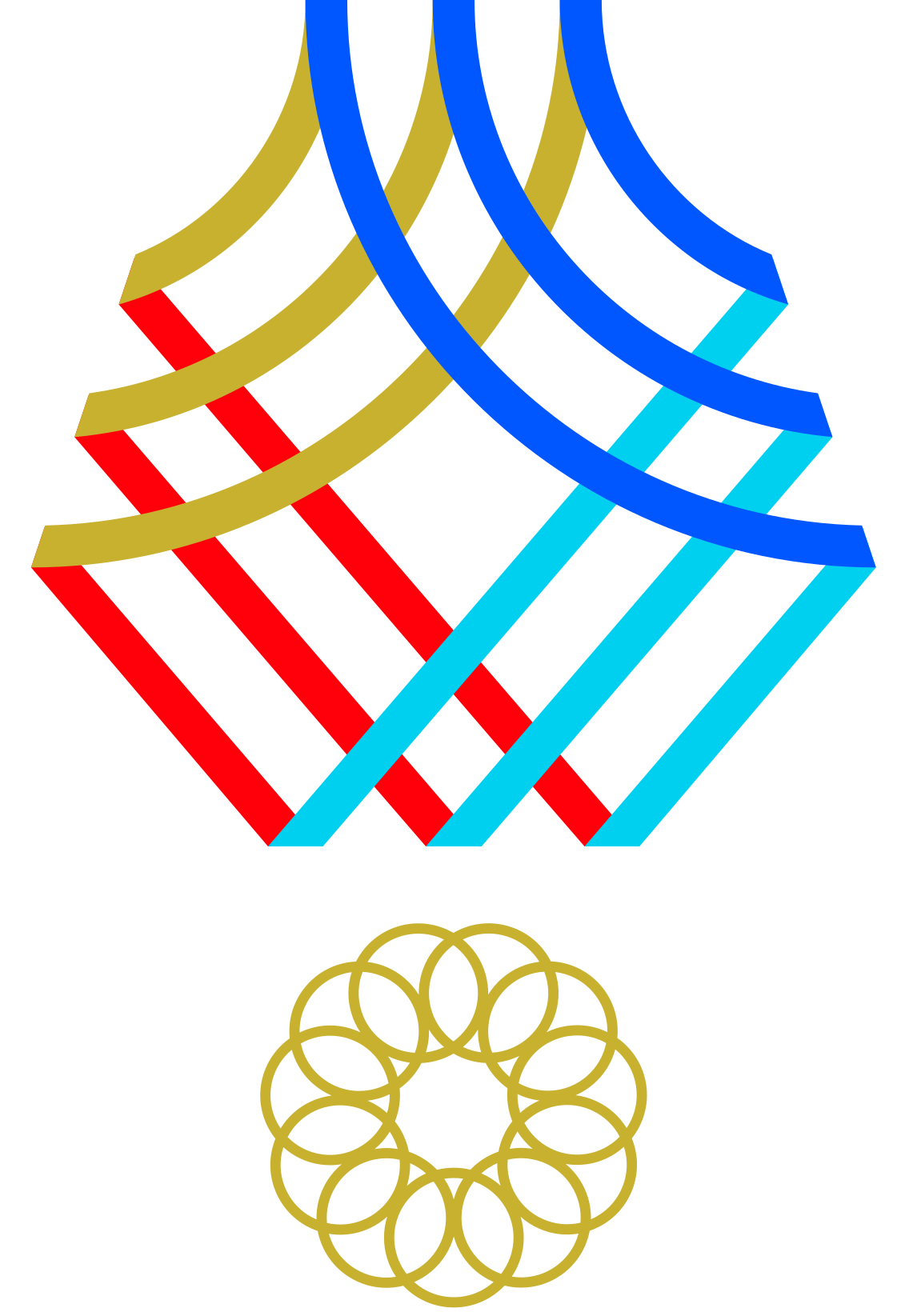KUCHING, May 13: Water demand in 2030 is projected to rise by 2,400 million liters per day (MLD) compared to the current 2,060 MLD, based on the Sarawak Water Supply and Water Grid Master Plan.
State Minister of Utilities and Telecommunications Datuk Seri Julaihi Narawi said to ensure adequate water reserve margins, Sarawak will need at least 20 percent of the existing capacity of water treament plants.
“At the present, a few main water treatment plants are operating at low margins of reserve, such as the Batu Kitang Water Treatment Plant in Kuching at a rate of 12 percent, and the Salim Water Treatment Plant in Sibu at a rate of only 1 percent.
“Therefore, a few critical main projects are and need to be implemented promptly to ensure we meet the rising water demands,” he said in his ministry’s winding-up speech at the Sarawak State Legislative Assembly (DUN) here today.
Meanwhile, for the Batu Kitang Water Treatment Plant (Plant Two) upgrading project that is scheduled for completion in the third quarter of this year, the plant’s output capacity could be upped to 868 MLD compared to the current 764 MLD output capacity.
“Regarding the upgrade of the Batu Kitang Water Treatment Plant (Plant Four), it is anticipated to boost the plant’s production capacity to 968 MLD by 2026.
“The construction of the Phase One Water Treatment Plant in Landeh, Kuching, currently in the planning phase, will have an estimated capacity of 200 MLD, and the upgrading project for the Salim Water Treatment Plant in Sibu, scheduled for completion by the fourth quarter of 2026, will increase capacity from 150 MLD to 300 MLD,” he said.
Furthermore, Julaihi highlighted his ministry’s initiative to replace aging pipes across Sarawak, funded with RM1.085 billion through alternative financing that is implemented in phases.
He specified that RM247 million from this allocation has been earmarked for immediate implementation this year.
“2,742 kilometers of old and worn-out pipelines are still operational in Sarawak’s water distribution system. This is the main cause of the significant Non-Revenue Water (NRW) rate, which averages at 43 percent,” he added.-TVS












